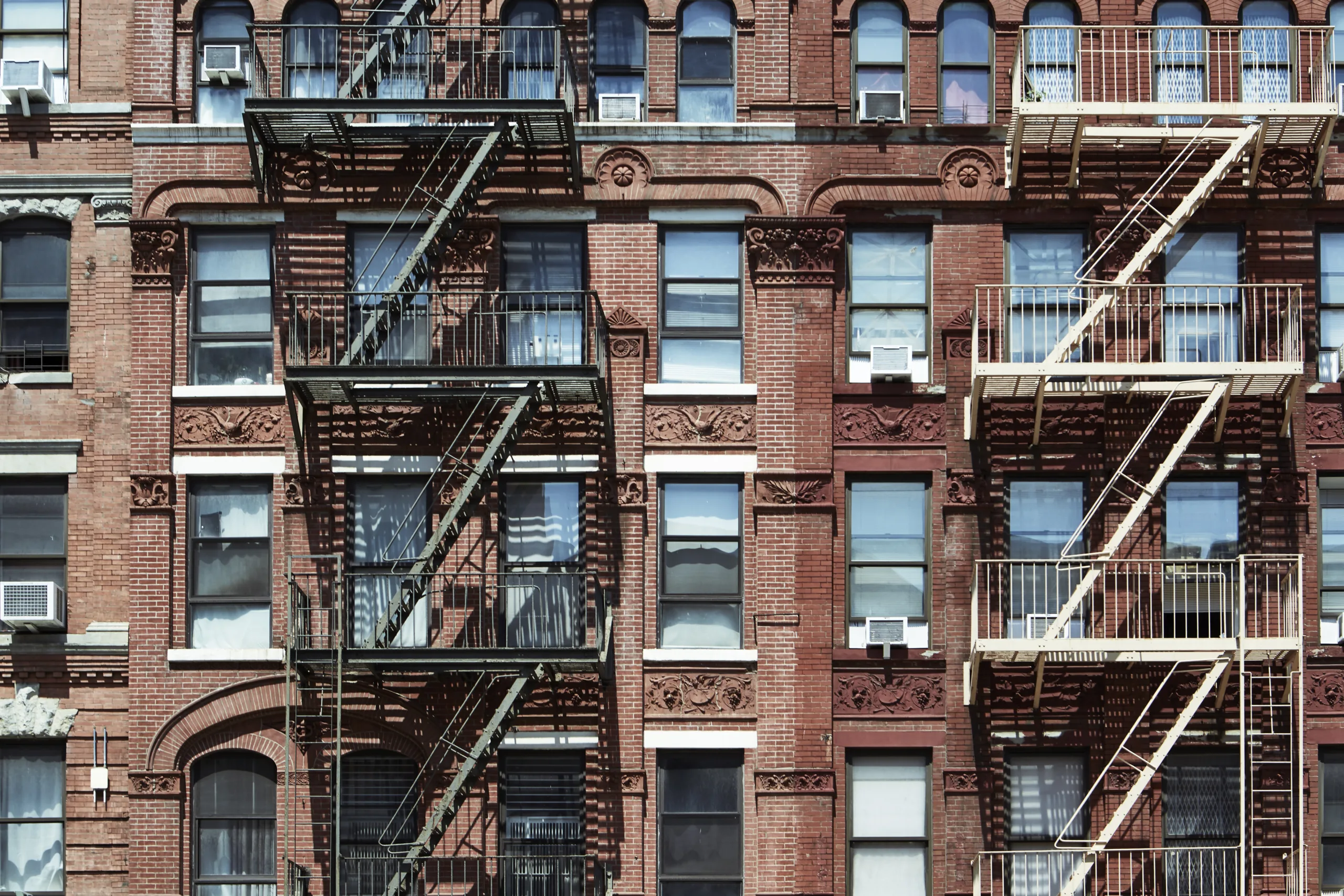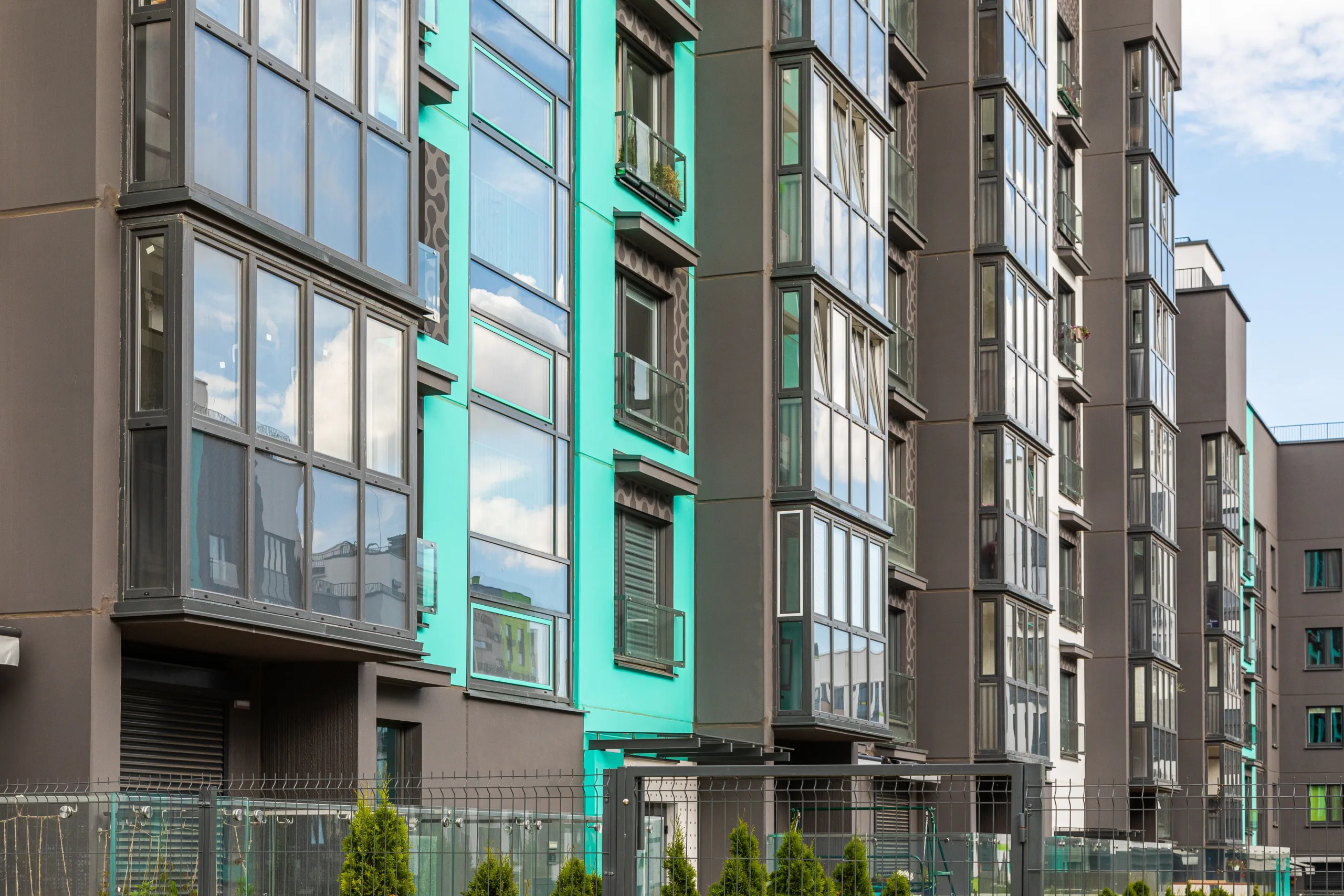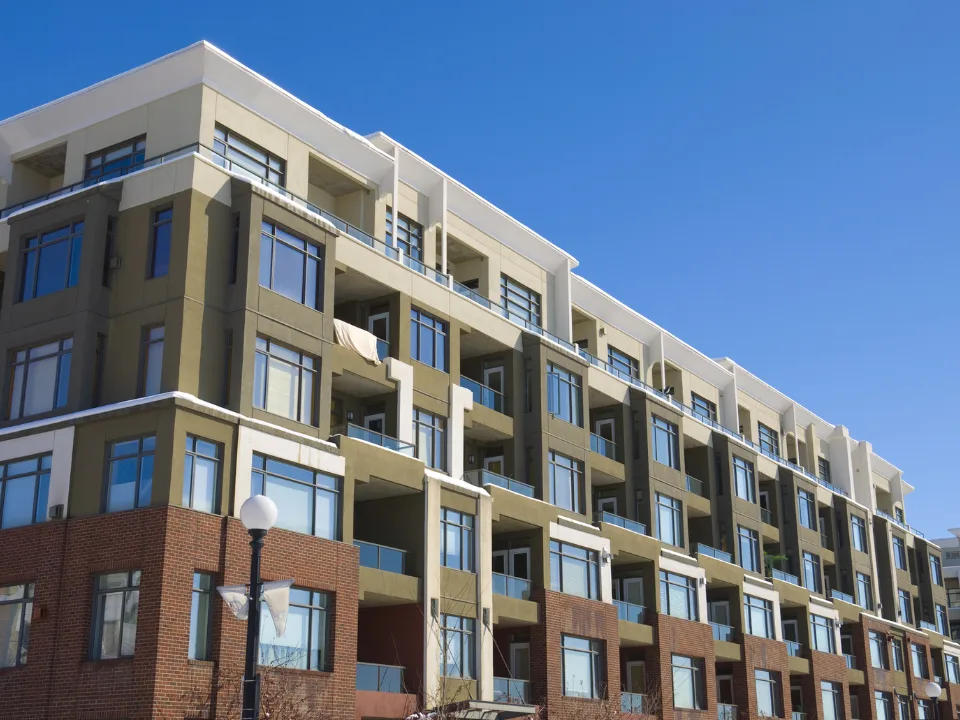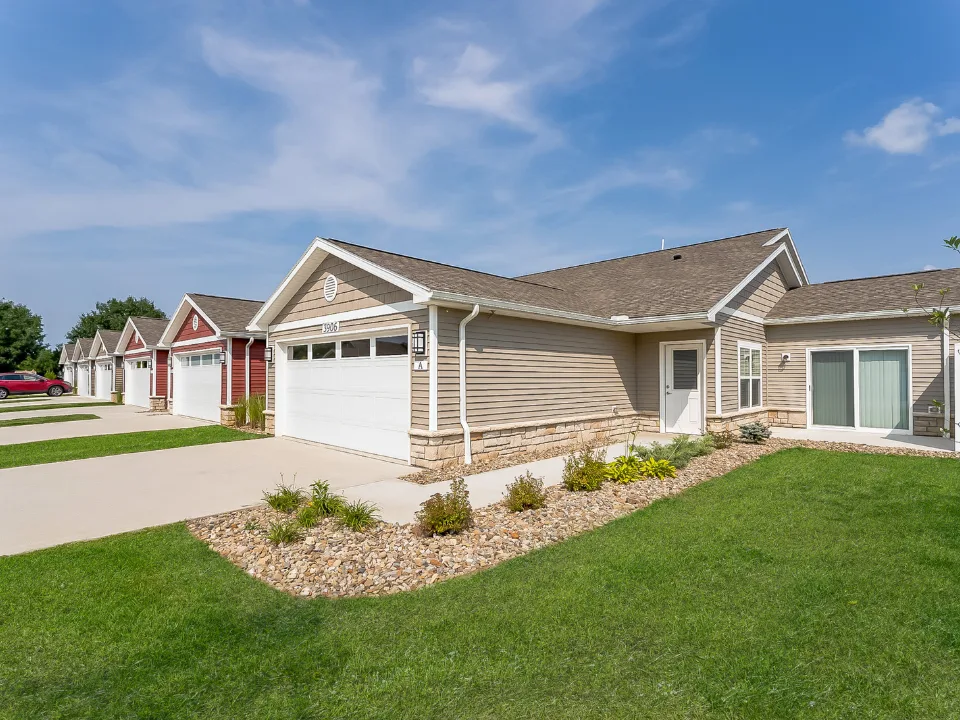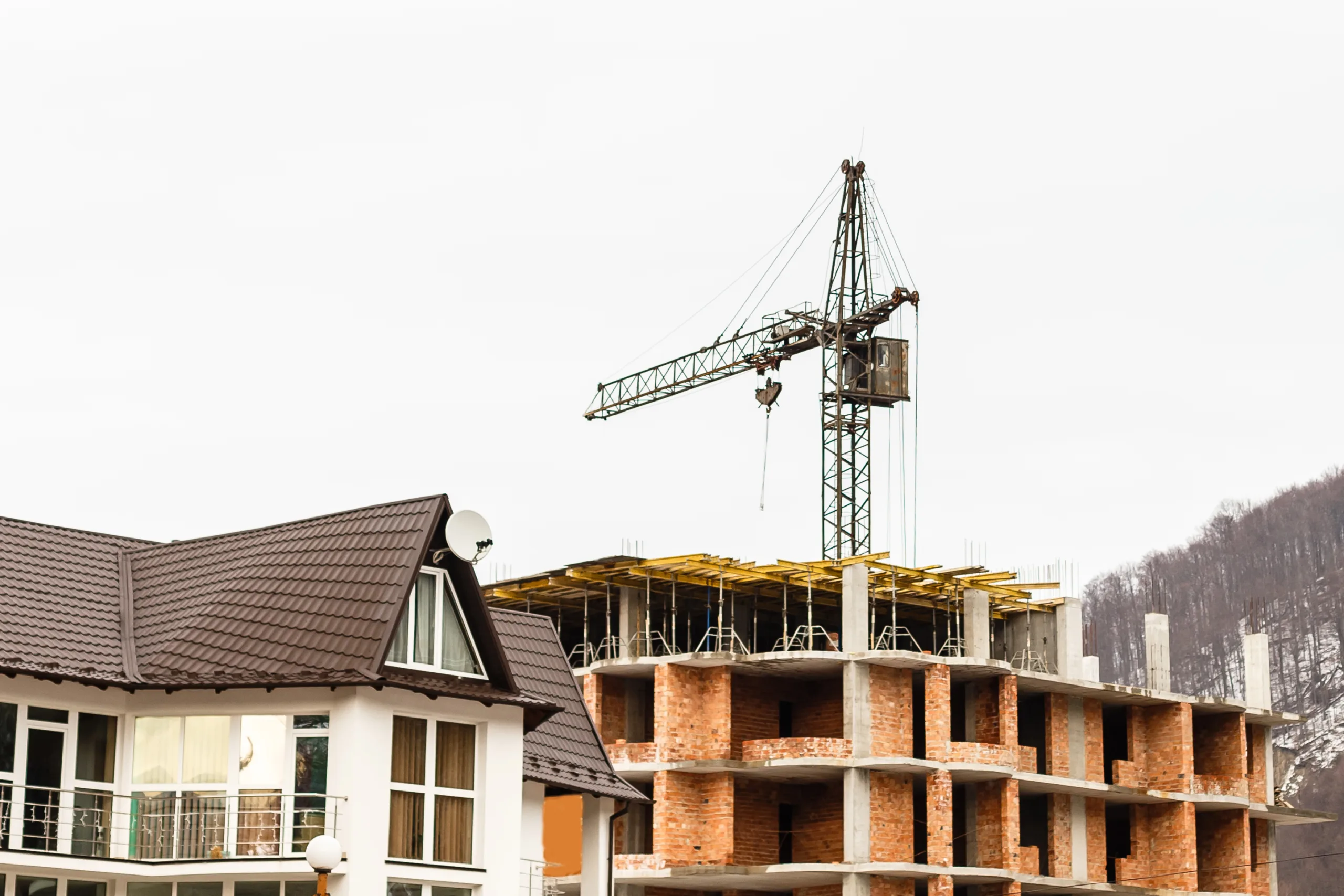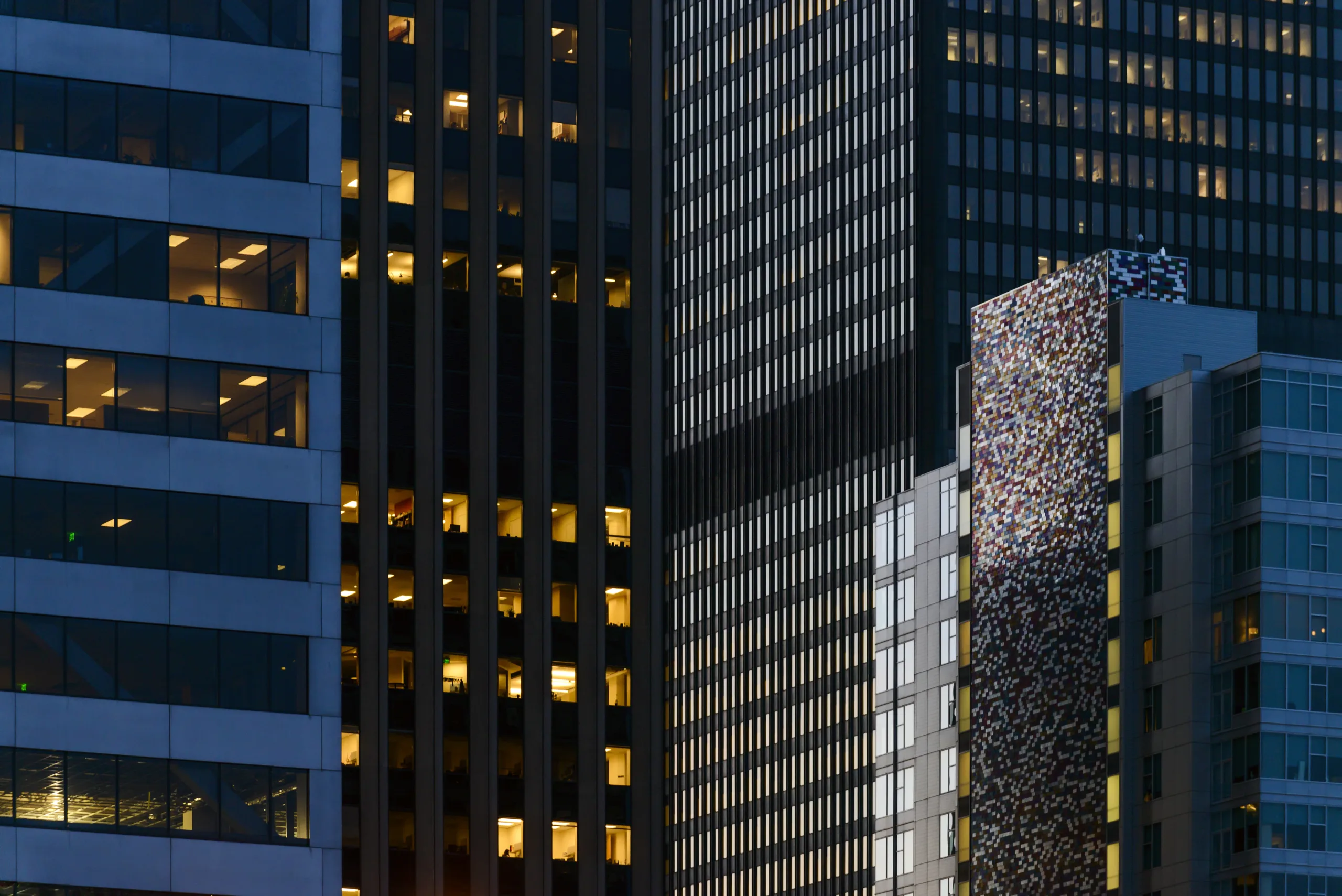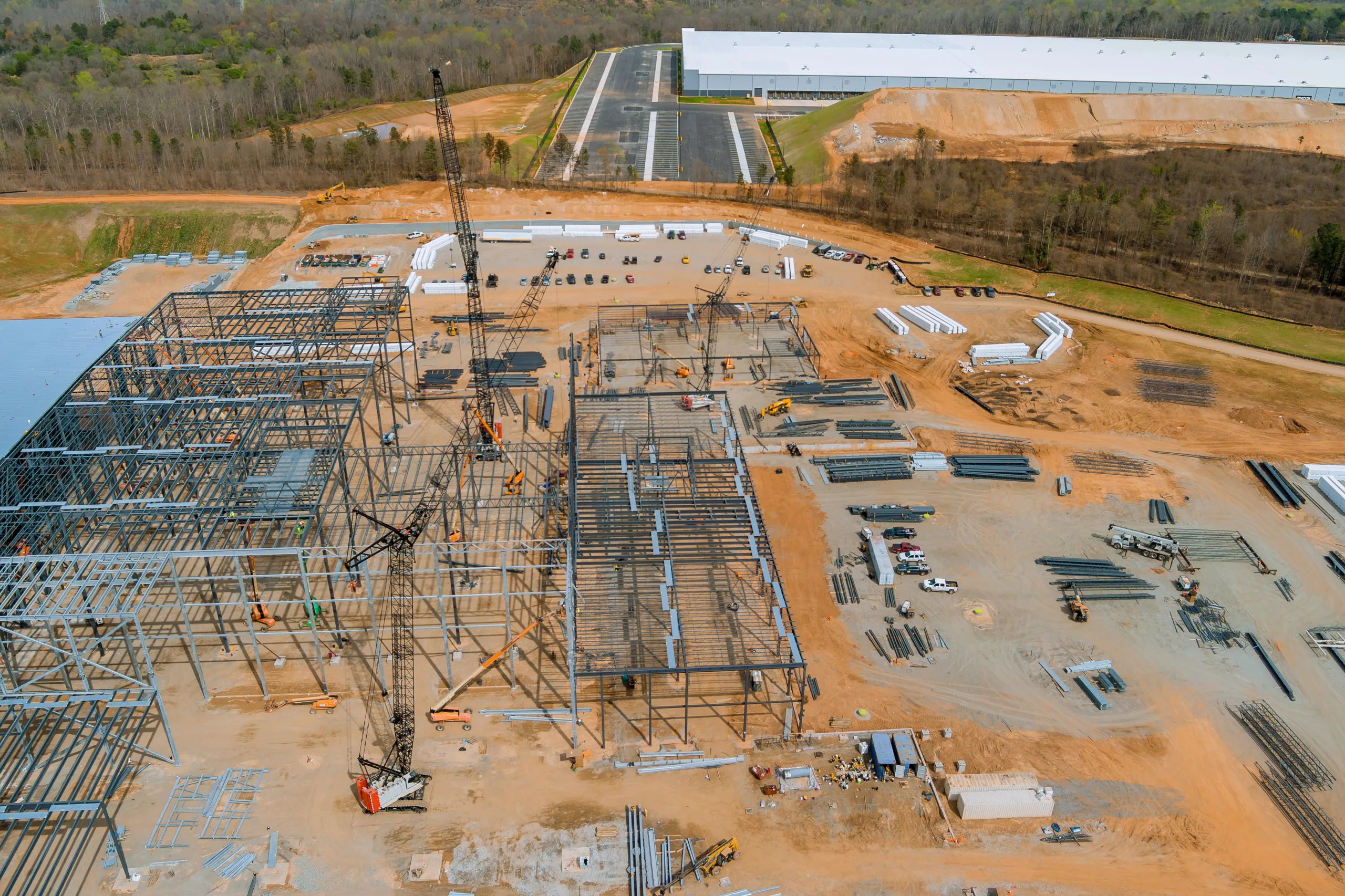- National average rents increased by $5 in April to $1,736, reflecting modest 0.9% year-over-year growth, even as occupancy dipped to a decade-low 94.4%.
- Sun Belt metros continue to struggle, with negative rent growth in Austin (-5.6%), Denver (-3.9%), and Phoenix (-3.1%), as high supply outpaces demand.
- Supply pipeline is contracting, with multifamily completions forecast to fall 31% by 2026 and 43% by 2027, which may support stronger rent growth in the medium term.
Rents Rise Modestly as Homeownership Stalls
As reported by Yardi Matrix, the US multifamily market posted modest gains in April, with average asking rents rising $5 to $1,736—up 0.9% year-over-year. While the rent growth rate has decelerated, it remains positive due to strong labor markets and persistently high home prices, which have kept many would-be buyers in rental housing. The national occupancy rate fell slightly to 94.4%, the lowest since late 2013, as record deliveries continue to weigh on absorption rates.
Sun Belt Correction Deepens as Supply Pressures Mount
High-growth Sun Belt markets are bearing the brunt of oversupply. Austin saw the steepest decline in rents (-5.6%), followed by Denver (-3.9%), Phoenix (-3.1%), and Dallas and Orlando (each -2.1%). These markets are also among the leaders in new completions as a percentage of total stock, with Austin topping the list at 8.9%. Meanwhile, Midwest and Northeast metros led rent growth, with New York City (5.8%), Columbus (3.7%), and Philadelphia (3.6%) at the forefront.
Midwest and Northeast Lead in Momentum
April’s month-over-month rent growth was driven by Midwest and Northeast markets. Raleigh posted a 1.0% monthly gain, rebounding after years of underperformance due to supply. Columbus (0.9%), Indianapolis (0.8%), and Boston (0.8%) also showed strong monthly gains. By contrast, Charlotte, Phoenix, and Orlando all registered monthly declines.
Build-to-Rent Market Holds Steady, but Sun Belt Weakness Lingers
Single-family rental (SFR) rates rose to an average of $2,178 in April, but year-over-year growth was flat. SFR markets in the Sun Belt were among the weakest performers, with Austin (-4.4%), Phoenix (-3.2%), and Dallas (-2.1%) leading in rent declines. These same metros are expecting some of the highest BTR completions in 2025, which will likely keep pressure on rents.
Tariff Fears Stall Capital Markets and Development
After a strong Q1, CRE deal volume declined in April amid investor uncertainty tied to tariffs and economic policy. CMBS issuance fell sharply, with $15 billion in planned deals sidelined. Rising construction costs—expected to increase 1–2% due to tariffs and supplier price hikes—are beginning to impact development pipelines. Builders are also grappling with labor shortages and land constraints, limiting their ability to plan new projects.
What’s Next
Yardi forecasts that multifamily completions will fall 31% by 2026 and 43% by 2027 compared to 2024 levels. While economic risks persist, this tightening supply may help multifamily rents return to stronger growth levels (3–4%) from 2027 onward. Markets like New York City and Chicago are expected to remain resilient, while Sun Belt markets may take longer to recover as they digest current oversupply.
Get Smarter about what matters in CRE
Stay ahead of trends in commercial real estate with CRE Daily – the free newsletter delivering everything you need to start your day in just 5-minutes
